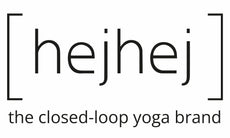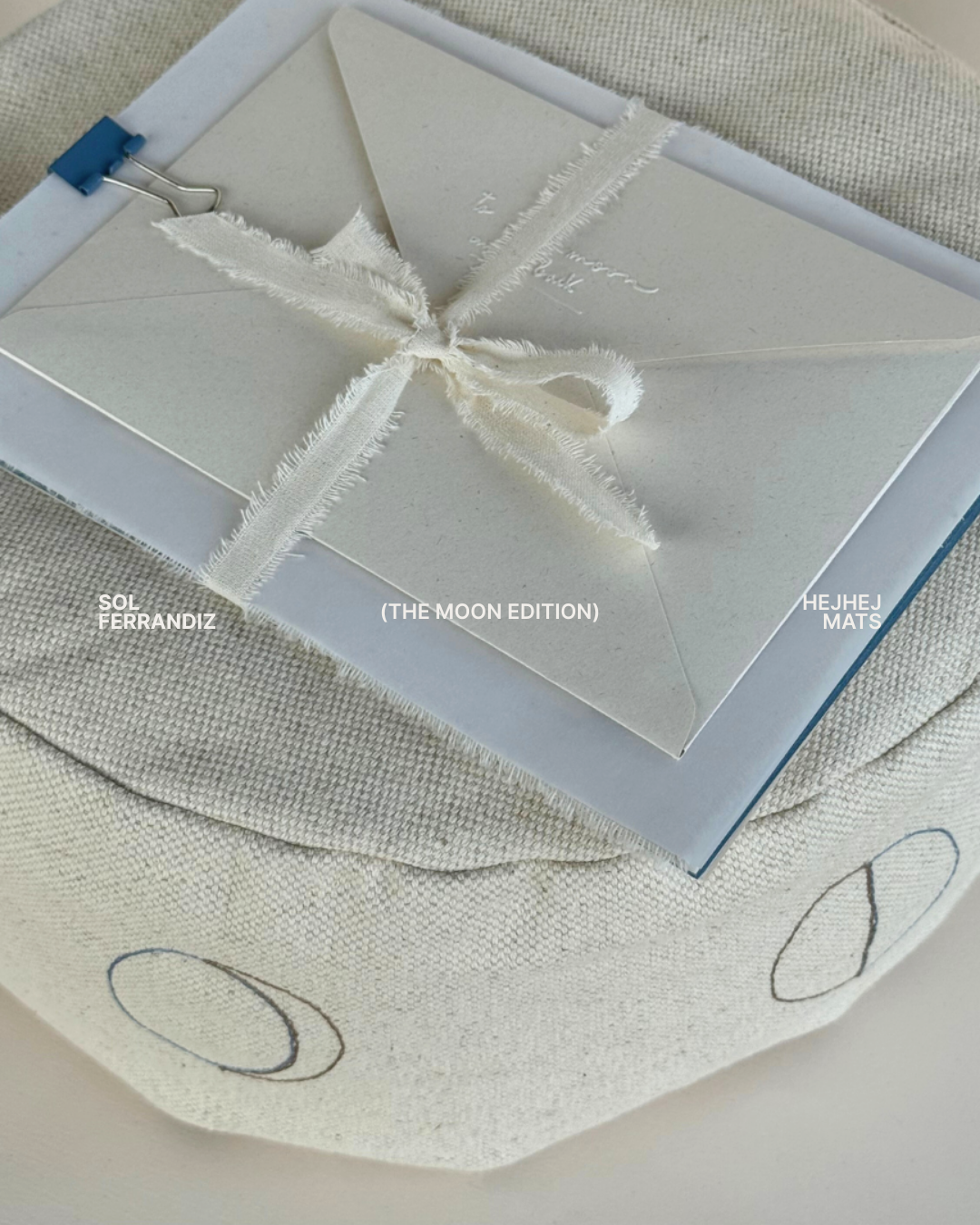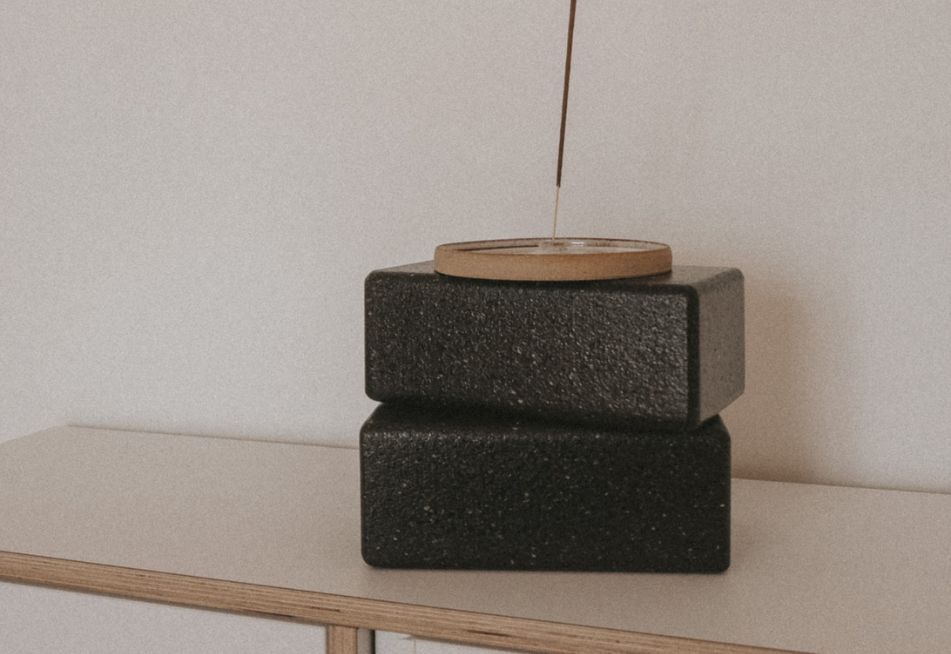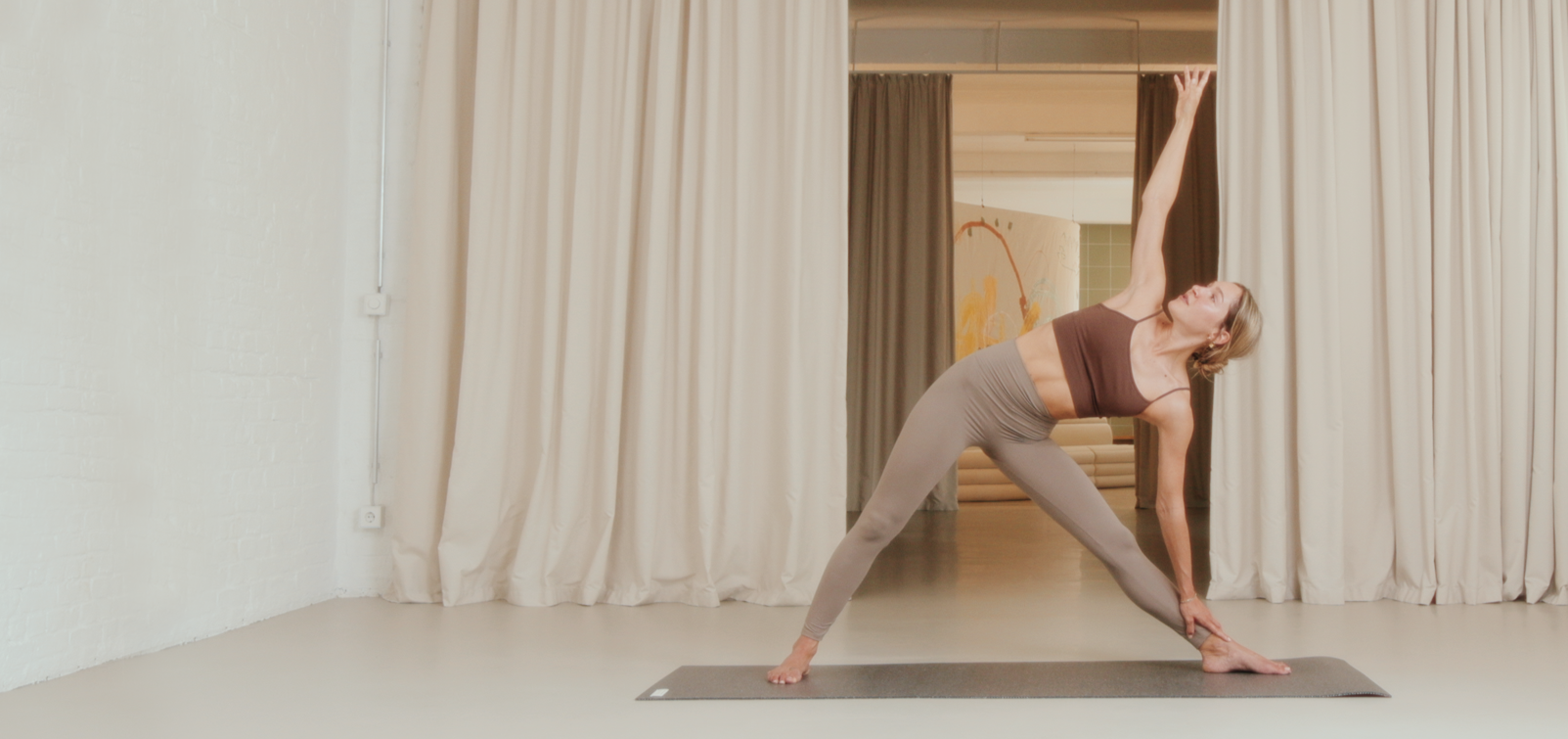There are many sustainability strategies, all of them are good, but all alone are not enough. Other sustainability strategies and approaches such as the efficiency strategy need the sufficiency strategy by their side. The efficiency strategy can save many resources such as emissions or waste. However, this alone is not enough. Our population is constantly growing, just like our desire for consumption. Our planet has limits, for example, only a certain amount of natural resources can be taken from our planet. Our earth can always recover and produce new resources. However, once a certain tipping point is reached, the resources are irreversibly gone. That is why the sufficiency strategy is the most promising strategy for sustainable development – and an important strategy for our business. Here you can read about how we live this strategy at hejhej.
At the end of this article, you will find 5 tips on how you can implement the sufficiency strategy.
What is the sufficiency strategy
– The word sufficiency comes from the Latin word “sufficere”, which means “to suffice” and also “to be content”. The sufficiency strategy questions overconsumption and can be described in one simple question: Do I really need this product? –
Sustainability strategies such as the efficiency strategy alone are therefore not enough. Let’s look at the green and sustainable products, for example. For example, a product that has been manufactured very efficiently produces little waste during the production process, emits few emissions and has been produced under good working conditions. However, it is still a new product that is being added to our planet. It can be produced as efficiently as possible and still extract resources like water and emit CO2 from the planet. So offering sustainable products alone is not sustainable and only by doing so nothing can be changed.
Even though all our products are made in an efficient and sustainable way, it is too much for our planet. This is where the sufficiency strategy comes in.
This strategy questions our current consumer behaviour from the ground up and asks whether we really need certain products. In today’s world, people often buy products without considering whether they are really needed. Our media and shopping shops are full of appealing products and discounts that give the impression that we need just that product. In reality, however, we usually don’t need it. It is bought, finds a nice place in the wardrobe or on a shelf at home and after a while, it ends up as waste.
The sufficiency strategy encourages conscious consumption
People often go to supermarkets and shops without really thinking. They go there and buy products. No one tries to think actively during this. But this is exactly what the sufficiency strategy aims to achieve. We should actively and consciously think about every purchase decision.
Do I really need this product?
Most of the time you will realise that the answer to this question is “no“. In this case, return the product to the shelf or remove it from your shopping cart. If you are not sure and cannot really answer the question, do the same. After all, you can always come back and buy the product at a later date. If the answer to the question is “yes“, you can definitely buy it. In this case, however, the purchase decision should be as sustainable as possible. This means that the most sustainable product should be chosen.
It seems quite difficult for companies to apply the sufficiency strategy. If you look at it from an economic point of view, it is indeed difficult and really makes no sense. You can’t tell a customer that their product is not needed. The purely economic approach says exactly the opposite in order to generate turnover and revenue – we are aware of that.
Nevertheless, the sufficiency strategy is an important part of our start-up hejhej.
In our case, this comes from private reasons. We are both very concerned with the issue of sustainability. The sufficiency strategy is also part of our lives. We question consumption and the classical economic view. Almost with every decision, we ask ourselves: Do we really need this product? It even became one of our favourite questions and once you start asking yourself this question, you keep coming back to it. We could not work in a company that does not match our personal values. When we founded our own company, it was clear from the start that we would also use the sufficiency strategy in a business context.
We tell people to only buy a new yoga mat when they really need one
The most sustainable approach is to use a product as long as possible and not to buy a new product. That is exactly what we tell our customers. If the old yoga mat still works perfectly, we always recommend donating the yoga mats to social institutions. For example, we donated all our prototype mats from product development and testing that were still too good to recycle to a facility for people without shelter here in Nuremberg.

For us it is very important to keep the connection to the sufficiency strategy also for the future development of hejhej
All future hejhej products we develop will be products that are really useful or that we at least find useful – because “useful” is a very subjective term. You have to decide for yourself whether the product is useful for you and whether you really need it. We want you to buy our hejhej products only if you really need them. If you can answer “yes” to our beloved question, we are very happy to offer you the most sustainable alternative you can find on the market. Our hejhej-mats and other hejhej products are made from recycled materials and are then recycled again – reducing the amount of waste on our planet. Through our production here in Germany, we try to keep CO2 emissions as low as possible.
We work closely with workplaces for people with disabilities and donate part of our turnover to various social institutions such as the Earth Child Project and the Dr. Günther Pfann Foundation. So when you buy a hejhej product, you can be sure that we have thought it through endlessly, that we have chosen the most sustainable materials and processes, and that your hejhej product is completely sustainable.
hejhej does not want to boost consumption. We want to change the classical economy and revolutionise the yoga industry in a sustainable way.
5 tips on how to integrate the sufficiency strategy into your everyday life
- Ask yourself with every purchase decision: Do I really need the product? Other questions you can ask yourself: Have I had this wish for a long time or is it spontaneous? Will I get a long time out of the product or use it a lot? Does the purchase have an impact on my quality of life? Is there a more sustainable or second-hand option? Can I borrow it? Did I go shopping hungry?
- If you are not sure whether you really need the product, answer no and don’t buy it. If you then realise afterwards that you would like it and find it useful, then in most cases you can buy it at a later point. With a little distance, it is usually easier to judge whether the product is really needed or not. You can also take your time to find out how it was made and how sustainable it is.
- Do you define the term sufficiency with renunciation? Is renunciation a negative word for you? Work with your beliefs here. You can dissolve it, for example, through gratitude. What do I have? I live in abundance! I am enough! I am loved!
- Do you want to treat yourself and feel the pressure to go shopping? This does not always have to go hand in hand with a lot of consumption. A feast of garden vegetables, a concert, activities and good conversations with friends, breakfast in bed or reading a good book. Think about things that make you happy.
- Do you want to establish the sufficiency strategy in your company? If products last longer, are thrown away less and are not replaced as quickly, it is a problem for our economic system. But one thing is certain: if we continue to consume more and more, this will lead to major environmental problems worldwide and thus to social inequality. The only solution here is to free ourselves from dependence on growth.
Talk to people about it, be brave to deviate from classic marketing and honestly communicate to customers that they should only buy your product if they really need it. Here is an example of our crowdfunding video of the hejhej-bag.
We have been working on the sufficiency strategy for a long time. Once you start doing it, you will soon realise that it is no longer a renunciation but a liberating feeling. It’s definitely like that with us. Often, it’s the thought of shopping or certain things that we have to or should buy that stresses us out.
The sufficiency strategy contributes to enabling prosperity without growth. Join us in shaping the change to a post-growth society!





